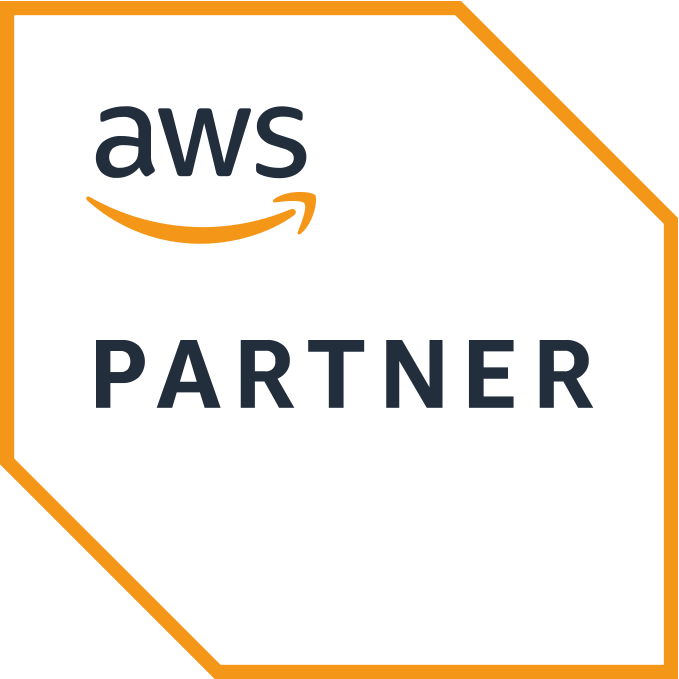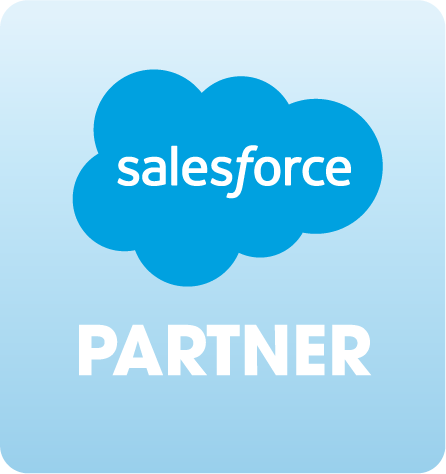Cloud budgets are finally stabilizing, but executives are asking a new question: How do we prove Cloud value, not just manage Cloud spend?
Across industries, enterprises are moving from reactive cost control to proactive value optimization. This next stage, often referred to as FinOps 2.0, is about connecting Cloud performance directly to business outcomes. That shift is reshaping how Cloud teams are structured, how success is measured, and who organizations are hiring to lead this evolution.
The evolution of FinOps: From cost tracking to value creation
FinOps began as a financial governance discipline focused on cost visibility and accountability. In its first phase, success meant identifying waste, reducing unused resources, and enforcing budget controls.
Now, Cloud leaders are entering a second phase. FinOps 2.0 is focused on value creation, linking Cloud investment to outcomes such as speed, resilience, and innovation.
Common indicators of this maturity include:
Cross-functional ownership: Finance, engineering, and product teams share accountability for Cloud ROI
Predictive analytics: Teams use real-time insights to forecast demand and optimize workloads
Performance alignment: Cost metrics are tied directly to customer experience, delivery speed, and reliability
Forward-thinking organizations are hiring professionals who combine technical and financial fluency. Tenth Revolution Group helps enterprises find Cloud and FinOps professionals who can manage cost efficiency while driving measurable business outcomes.
The new priorities for Cloud leaders
As Cloud operating models mature, leaders are focusing on three priorities that define FinOps 2.0 success:
Operational efficiency through continuous optimization and automation
Performance visibility via unified dashboards tracking cost, usage, and outcomes
Strategic alignment ensuring every investment supports product delivery or customer experience
To achieve these goals, organizations are rethinking their hiring. Roles such as Cloud business manager, FinOps architect, Cloud economics analyst, and Cloud governance lead are becoming standard in modern Cloud teams.
These roles demand individuals who can translate technical data into commercial insights and measure Cloud impact in business terms. Tenth Revolution Group supports enterprises in sourcing Cloud, Data, and AI talent who bring that balance of financial insight and technical expertise.
How to mature your Cloud operating model
For leaders looking to evolve their Cloud strategy, five key steps define a value-driven model:
Assess current Cloud maturity. Identify gaps in visibility, accountability, and ownership
Define value metrics. Move beyond cost savings to measure innovation speed and service quality
Embed a FinOps culture. Treat Cloud cost as a performance variable tied to delivery
Align hiring strategy. Recruit people skilled in Cloud economics, governance, and optimization
Automate accountability. Use predictive tools to balance spend and performance dynamically
When these elements work together, Cloud becomes more than infrastructure. It becomes a measurable growth platform that accelerates transformation across the enterprise.
The Cloud leadership takeaway
Organizations that treat Cloud efficiency as a shared, strategic responsibility will lead in this new era. FinOps 2.0 is not about spending less; it is about spending smarter. When hiring and governance align, enterprises can turn operational discipline into measurable, repeatable business value.











